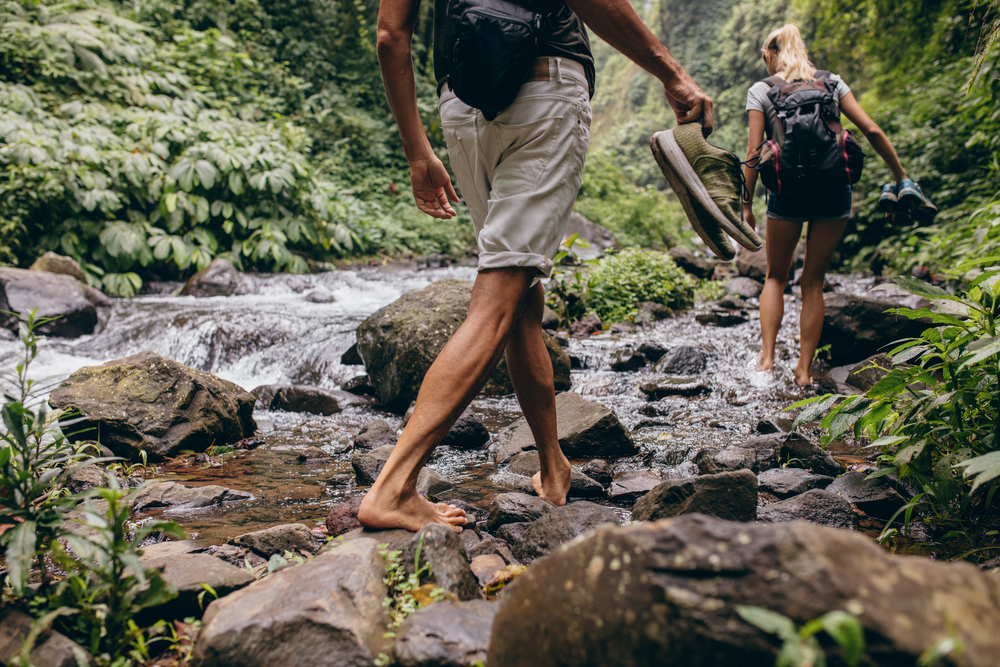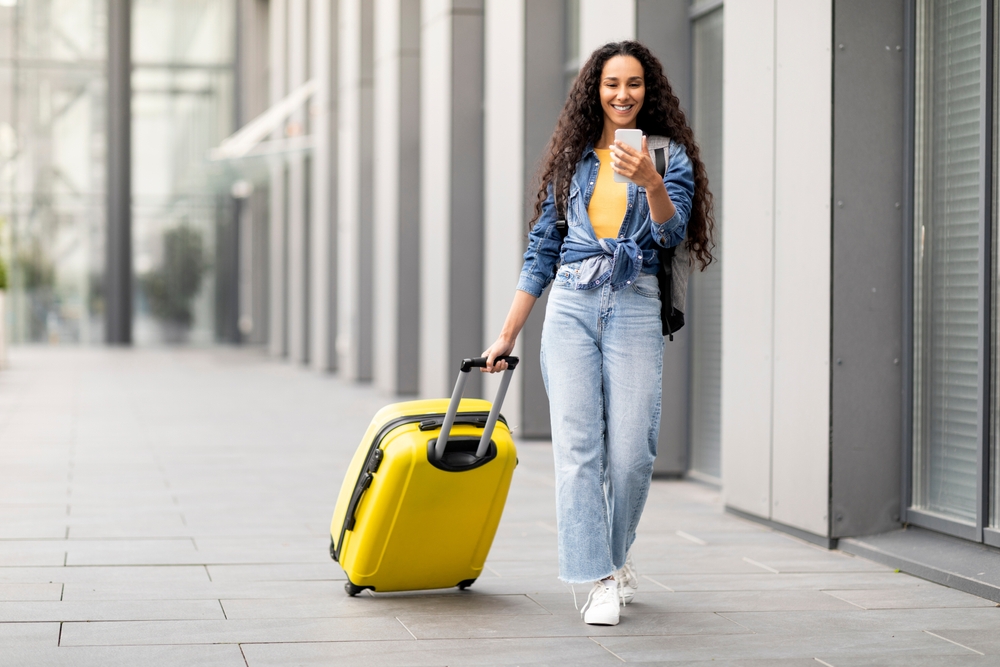Outdoor recreation is in high demand as record numbers of visitors seek out national forests and grasslands for memorable adventures. Recreation.gov is your gateway to explore your national forests, and America’s outdoor and cultural destinations in your zip code and across the country. With more than 4,000 recreation areas and 110,000 individual sites and activities like camping, wilderness backpacking, whitewater rafting, ranger-led cave tours, and so much more, you will find plenty of opportunities for everyone in your group to enjoy.
Plan Ahead
This year many locations may now require reservations, and high demand locations can book up in minutes. Planning and setting a reminder to reserve a location in advance is key. Most campsites are available for booking six months in advance of your arrival date. Some are available two weeks or four days in advance of your intended arrival. For popular locations, try mid-week or non-peak seasons. To learn of the latest updates from your desired location, visit the agency website and search the location on Recreation.gov.
Know Before You Go
Every forest and grassland is unique and has specific guidelines, take a moment to review the Need to Know information on Recreation.gov or through Forest Service websites. Review and confirm the status of the location you plan to visit for alerts, including road closures, trail conditions, wildland fires and known animal dangers. Check weather and pack the appropriate clothing. Research if you need a permit for the activity you plan and carry your permit with you at all times. Pay close attention to reservation and confirmation emails from reserved sites and activities. Local managers may also communicate critical updates to help you prepare for your trip, or even cancellation details if the area is impacted by wildfires or other types of emergency situations.
Discover New Places and Experiences
We are hearing from visitors and land managers alike that many popular locations are booked and crowded. Take this opportunity to explore destinations new to you, or hidden gems just around the corner. Use the Trip Builder tool on Recreation.gov to map your travel route and then discover a variety of recreation sites and activities along the way.
Recreate Responsibly
Recreating responsibly is essential to maintain a sustainable outdoor space for all. Embracing diverse experiences will achieve and build an inclusive and equitable outdoors. Championing health and safety will ensure security across our national forests. The opportunity to become a steward for public lands is now.



